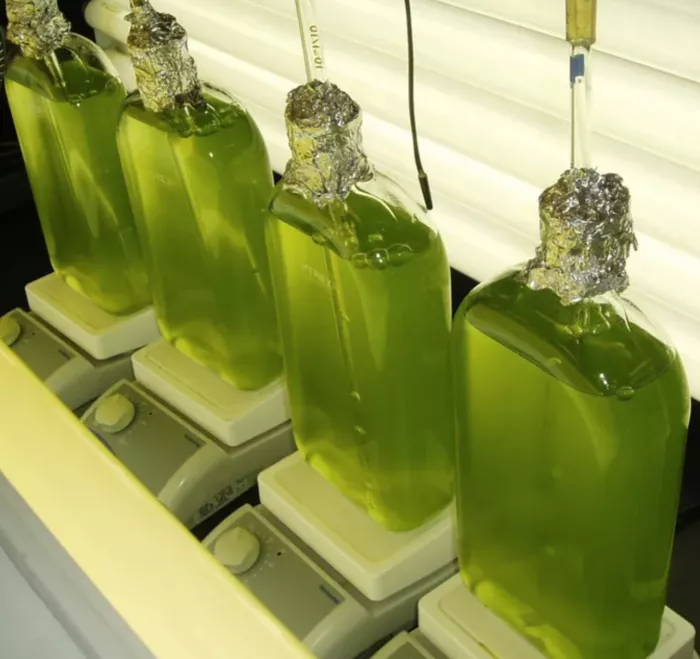Many plants have unique genetic abilities that make speciation easier. For example, they are very suitable for polyploidy. What makes plants special is that they can synthesize energy intensive carbohydrates through photosynthesis, which is done through the use of chloroplasts Chloroplasts have their own DNA, which allows them to serve as an additional repository of genes and genetic diversity and creates an additional genetic complexity that is not seen in animals

Despite many difficulties, plant genetic research is still of great economic significance. Many crops can be genetically modified to improve yield and nutritional value, and obtain insect resistance, herbicide resistance or disease resistance. Recent studies conducted by the University of California at riverside, Princeton University and Stanford University have revealed the functions of hundreds of genes in algae, some of which also exist in plants. This breakthrough will contribute to attempts to genetically modify algae for the production of biofuels and to produce climate tolerant agricultural crop types.

Researchers used algal mutants and automated tools to conduct tests that produced millions of data points. By analyzing these data sets, researchers can find the functional roles of hundreds of genes whose characteristics are not obvious, and identify several new functions of previously known genes. These genes play a role in photosynthesis, DNA damage response, heat stress response, toxic chemical reaction and algal predator response.

Researchers used a high-throughput robot to generate more than 65000 mutants of Chlamydomonas reinhardtii, a single celled green algae closely related to plants, which is prone to change genes. They performed 121 different treatments on these mutants, resulting in a data set of 16.8 million data points. Each mutant has a unique DNA barcode, and the research team can read the barcode to understand the performance of the mutant under specific environmental stress conditions.
The team found new gene functions in hundreds of genes. For example, they learned that a gene widely present throughout multicellular organisms helps repair damaged DNA. Another 38 genes, when destroyed, will cause the problem of using light energy, indicating that these genes play a role in photosynthesis.